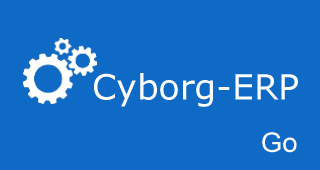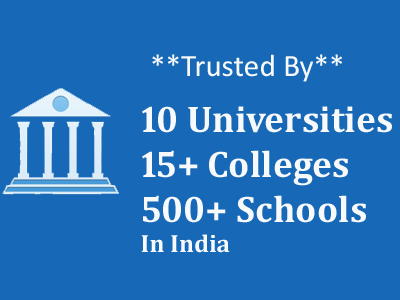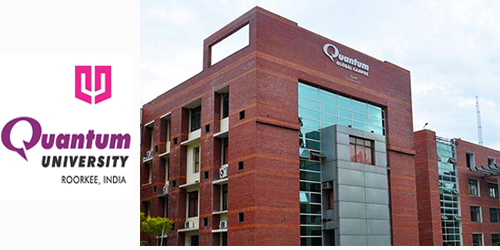ERP's best hope for demonstrating value is in improving the way your campus takes a candidate’s admission and processes
that into an online registration form, reporting, fee submission, admission confirm known as the admission fulfilment process. That is why ERP is
often referred to as back-office software. it does not handle the up-front admission marketing and selling process; rather ERP takes a candidates
admission and provides a software roadmap for automating the different step along the path to fulfilling the admission. For example People in these
different departments all see the same information and can update it. When enquiry department finishes with the online/ offline enquiry, it is
automatically routed all the information via the ERP system to the fee department for fees and then after registrar office for final admission. To find
out where the admission is and how many seats are vacant, at any point, you need only log-in to the ERP system to track it down. With luck, the admission
process moves like a bolt of lightning through the campus and candidates get their admission faster and with fewer errors than before. ERP can apply
that same magic to the other major business processes, such as examination process, time table process, Library process, inventory process, employee
process, fees and financial process, attendance process, payroll process etc. Some of the benefits that motivated organizations in implementing ERP systems are:
































